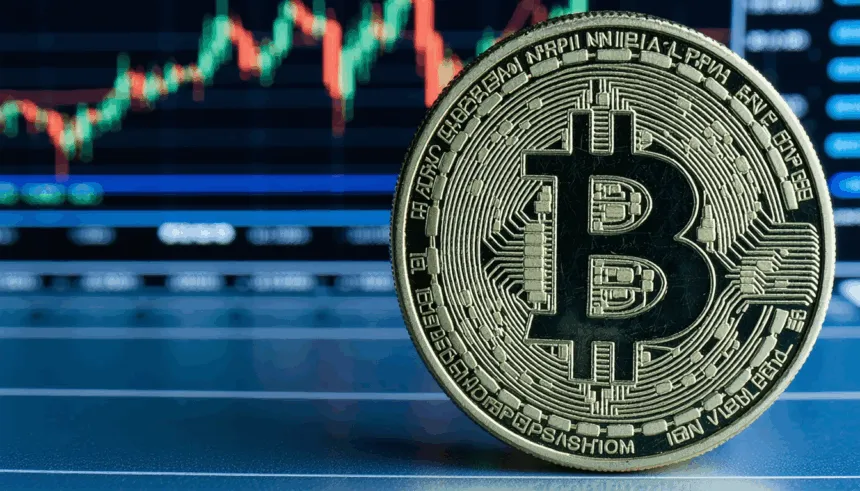In a rapidly evolving digital landscape, Hedera Hashgraph’s native cryptocurrency, HBAR, has made significant waves across India. On October 15, 2023, key developments surrounding HBAR technology and adoption emerged, positioning it as a potential game-changer in the blockchain sector. From partnerships with Indian tech giants to innovative use cases in financial services, these updates have sparked nationwide interest. This surge comes at a time when India is grappling with regulatory clarity for cryptocurrencies. Why does this matter? HBAR’s unique technology could redefine how businesses and individuals engage with decentralized systems.
hbar News: Key Partnerships Driving Adoption in India
One of the most striking updates in hbar news is Hedera’s collaboration with a leading Indian fintech firm, announced earlier this week. This partnership aims to integrate HBAR’s high-speed, low-cost transactions into payment systems across the country. With over 500 million digital transactions occurring monthly in India, this move could streamline operations for small businesses and consumers alike.
According to tech analyst Priya Sharma, “HBAR’s consensus mechanism offers unmatched efficiency compared to traditional blockchains. This could be a turning point for India’s fintech ecosystem.” The collaboration also focuses on pilot projects in rural areas, addressing financial inclusion challenges.
This development aligns with India’s push for digital innovation. Yet, stakeholders remain cautious due to pending crypto regulations. Will this partnership pave the way for broader acceptance?
Technological Advancements Fueling HBAR’s Rise
HBAR’s appeal lies in its Directed Acyclic Graph (DAG) technology, which ensures faster transactions and lower energy consumption. On October 10, 2023, Hedera unveiled an upgrade enhancing network scalability, a critical factor for India’s massive user base. This update promises to handle up to 10,000 transactions per second, far surpassing many competitors.
Industry expert Rohan Kapoor noted, “HBAR’s focus on sustainability resonates with India’s green tech goals. Its carbon-negative status is a big draw.” With 65% of Indian startups exploring blockchain solutions in 2023, per recent surveys, HBAR’s advancements could attract significant investment.
However, scalability brings challenges like data security. Experts warn that rapid growth must not compromise user trust. Balancing speed with safety remains a priority for developers.
Impact on Indian Investors and Businesses
The buzz around HBAR has ignited interest among Indian investors, with trading volumes spiking by 30% on local exchanges this month. Small and medium enterprises (SMEs) are also eyeing HBAR for cost-effective cross-border payments. This could reduce transaction fees by up to 40%, a boon for exporters facing tight margins.
Yet, the lack of clear crypto laws in India casts a shadow. While some investors see HBAR as a safe bet due to its enterprise focus, others fear sudden policy shifts. A balanced approach from regulators could unlock immense potential.
For now, businesses adopting HBAR report positive feedback. A Mumbai-based logistics firm shared that integrating HBAR cut operational costs by 15%. Such real-world impacts highlight why this cryptocurrency is gaining traction.
Future Implications of hbar News in India
Looking ahead, HBAR’s trajectory in India hinges on several factors. Regulatory clarity tops the list, as the government drafts policies expected by early 2024. If favorable, experts predict a 50% rise in blockchain adoption among Indian firms within two years.
On the flip side, stringent rules could stifle innovation. Some industry voices advocate for a sandbox approach, allowing controlled experimentation with technologies like HBAR. Others argue that heavy taxation might deter investors, echoing concerns from the 2022 crypto tax rollout.
Global trends also play a role. As more countries embrace decentralized systems, India risks falling behind without proactive measures. Could HBAR become a catalyst for policy reform?
Challenges and Opportunities on the Horizon
Despite its promise, HBAR faces hurdles in India’s complex market. Awareness remains low, with only 12% of urban Indians familiar with alternative cryptocurrencies beyond Bitcoin, per a 2023 study. Education campaigns could bridge this gap, but funding such initiatives is a challenge.
Competition is another concern. With Ethereum and Solana dominating developer mindshare, HBAR must carve out a distinct niche. Its focus on enterprise solutions might be the differentiator.
Opportunities abound as well. Here are key areas where HBAR could shine:
– Supply chain transparency for India’s vast manufacturing sector.
– Secure voting systems to enhance democratic processes.
– Microfinance solutions targeting unbanked populations.
Conclusion: A Defining Moment for Crypto in India
The latest developments in hbar news mark a pivotal moment for India’s cryptocurrency landscape. Strategic partnerships, technological upgrades, and growing investor interest underscore HBAR’s potential to transform industries. However, regulatory uncertainty looms large, posing risks to sustained growth.
As India stands at the crossroads of innovation and caution, HBAR offers a glimpse into the future of decentralized tech. Whether it becomes a cornerstone of the nation’s digital economy depends on collaborative efforts between policymakers, businesses, and technologists. For now, all eyes are on how this story unfolds in the coming months.

Reza Khosravi brings sharp analytical insight to the world of cryptocurrency. With extensive experience in technology reporting, he focuses on translating complex crypto trends into accessible content for his audience, making him a trusted voice in Iran’s evolving digital economy.






